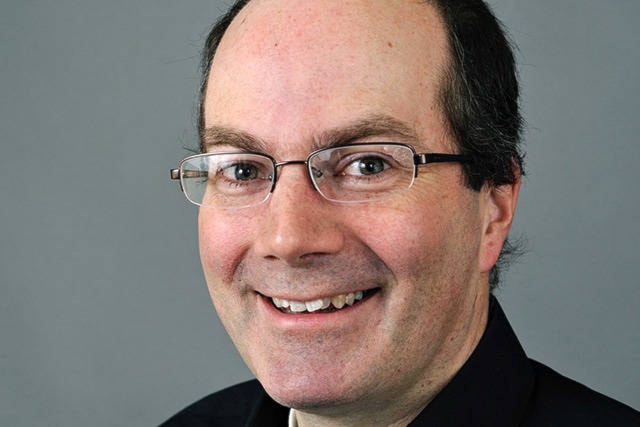Yukon Energy took more than its share of ribbing recently when it called on Yukoners to save electricity because it didn’t snow enough last winter.
Wyatt’s cartoon in the Yukon New portrayed the utility as a street-corner panhandler begging for electricity, with a homemade sign saying, “Help! Low on Hydro. Turn off lights, shower less. We didn’t plan well for the effects of climate change.”
It didn’t help that the appeal came out just after Caracas, the capital of Venezuela, was plunged into prolonged darkness due to epic mismanagement by the Venezuelan government and Corpoelec, its version of Yukon Energy.
No one wants to be known as the Caracas of the taiga.
But let’s not be too hard on Yukon Energy.
First, unlike its counterparts in Venezuela, it has kept the lights on. We often forget both how critical electricity is and how big the engineering challenges are to deliver power reliably on an isolated northern grid.
And staff did it despite highly unusual weather conditions and thanks — as annoying as this will be to some — to those much derided LNG generators and how cheap fracking has made natural gas.
Second, if we’re going to do some blamestorming, the folks at Yukon Energy hardly deserve to be the only ones getting the heat.
The snow gods should get their share of the blame. The Whitehorse snowpack, which melts and flows into the dam at Schwatka, is at only 63 per cent of normal. The snowpack around our big dam at Aishihik is only 45 per cent of normal.
We should also blame our government. Government ministers of all political parties love to put out press releases about new solar panels or other gadgets. But not press releases saying “Since we haven’t funded any major new renewable electricity capacity since Mayo B back in 2011, we’d like to remind everyone that the utility we own will be burning lots more LNG and emitting lots more carbon.”
We’ve been talking about renewable energy and climate change for years. Dr. Doug Craig and his partners pushed for those experimental windmills on Haeckel Hill back in the late 20th century.
Those websites that archive past versions of the internet are full of Yukon government climate change strategies. We’ve also known about the carbon tax for years.
But we haven’t built any major new renewable projects to generate electricity since Mayo B, despite receiving about $10 billion — yes, $10 billion — from Ottawa in cash since Mayo B’s announcement. This money had few strings attached and could have been spent on green energy had our government decided to do so.
As a result, Yukon Energy has to burn more carbon-emitting LNG whenever Yukoners build new houses or buy new electronic gadgets. Ironically, it also burns more LNG when we try to get with the climate program and swap out gasoline cars for electric vehicles or oil furnaces for electric heat.
To make things even sillier, we have also organized ourselves so that it is actually harder to build renewable power infrastructure than other kinds of government capital projects.
It’s kind of like how we’ve set up a complex web of laws and institutions that has created a shortage of affordable land for housing in a territory the size of France with just 40,000 inhabitants.
We’ve also created a complex web of laws and institutions that makes it very difficult to build renewable power projects, despite having the demand, technological know-how and a territory absolutely covered with waterfalls, windy hills and vast tracts of burnable wood.
Yukon Energy is the government agency in charge of our renewable power assets, yet its new proposed projects face far tougher hurdles than those of other agencies. It is set up as a government corporation, with the Yukon Utilities Board as a regulator requiring its projects to have robust and profitable business cases.
The Utilities Board is a serious outfit. It demands credible and detailed financial models.
Cast your mind over other recent government capital projects, such as the Whistle Bend continuing care facility, the $1.3 million weight training building at F.H. Collins or the proposals to twin-lane parts of the Alaska Highway.
Do you think the utilities board would have approved these business cases? Did they even have business cases in the sense that utilities board analysts use the phrase?
The solution is not that difficult. The Yukon government needs to make it as easy to spend $25 million on a new renewable energy project as it is to spend it on widening a highway or a new government building. And then it needs to give the Department of Energy, Mines and Resources some cash to spend on those projects.
About $25 million a year would be a start. It’s a nice round number, less than 10 per cent of the government’s capital budget and less than 3 per cent of what the money plane brings from Ottawa each year.
Or we can stick with the status quo. Yukon Energy will keep doing its job keeping the lights on, and burning more LNG.
Keith Halliday is a Yukon economist and author of the MacBride Museum’s Aurore of the Yukon series of historical children’s adventure novels. He is a Ma Murray award-winner for best columnist.
